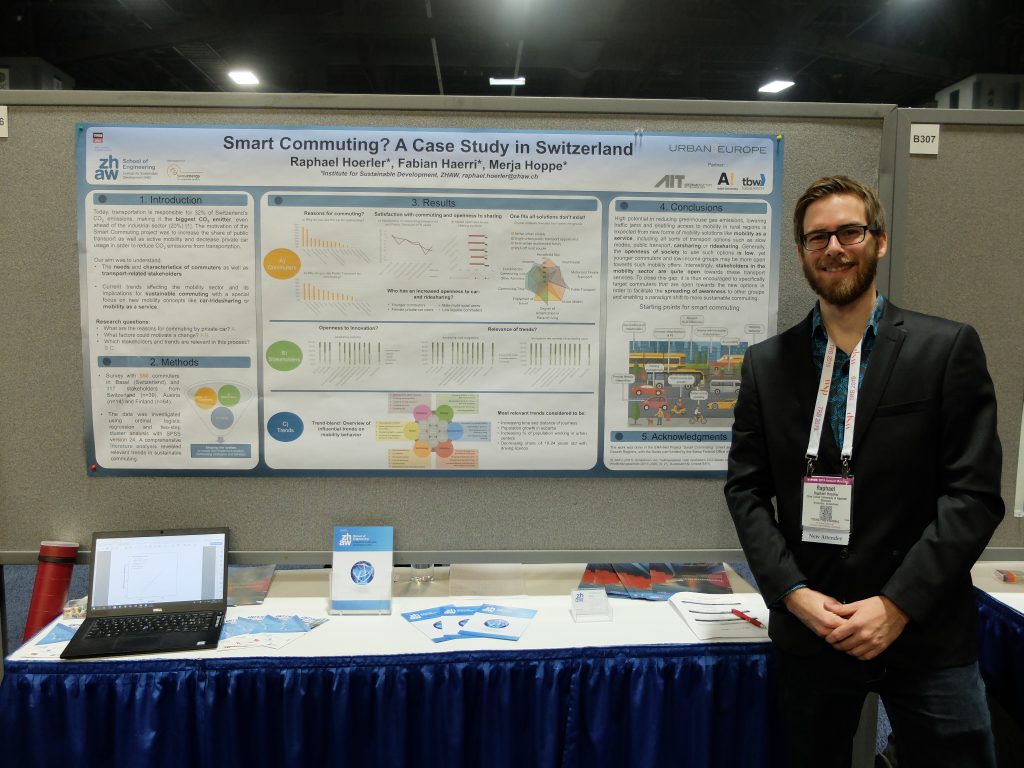The 98th annual transportation conference attracted more than 13000 experts from all over the world to gather in Washington DC between 13-17 January 2019.
The meeting program covered all transportation modes, with more than 5000 presentations in nearly 800 sessions and workshops, addressing topics of interest to policy makers, administrators, practitioners, researchers, and representatives of government, industry, and academic institutions. A number of sessions and workshops focused on the spotlight theme for the 2019 meeting: Transportation for a Smart, Sustainable, and Equitable Future.
[Not a valid template]Within this huge networking event, INE presented a poster of the Smart Commuting project. Insights into how a smart and sustainable commuting environemnt can be built has been given and attracted a lot of attention. The poster was awarded with “Best in Session” poster award by the standing commitee on public transportation planning and development (more information about the project can be found here: https://smartcommuting.eu).

We based our poster around three core topics that were adressed within the Smart Commuting project:
- Commuters
- Stransport-related stakeholders
- Trends influencing the transport sector
As such, a main selling point was the visualization of four different commuter groups derived through a cluster analysis, enabling more strategic policy measures. Furthermore, we explained that the commuter society is still not open towards the use of sharing mobility options like car-/ridesharing or bikesharing. Here, it is encouraged to target younger commuters and female private car users as they show an above average openness and could thus spread the awareness to other groups.
Interestingly, transport-related stakeholders seem to be willing to actively support shared mobility, displaying a gap between the openness of the commuter society in contrast to stakeholders.
Lastly, influential trends were found to be the increasing population growth in suburbs and increasing working population in city centres. The trend of lower share of driving licences among young commuters however depicts a starting point for more sustainable ways of transportation.